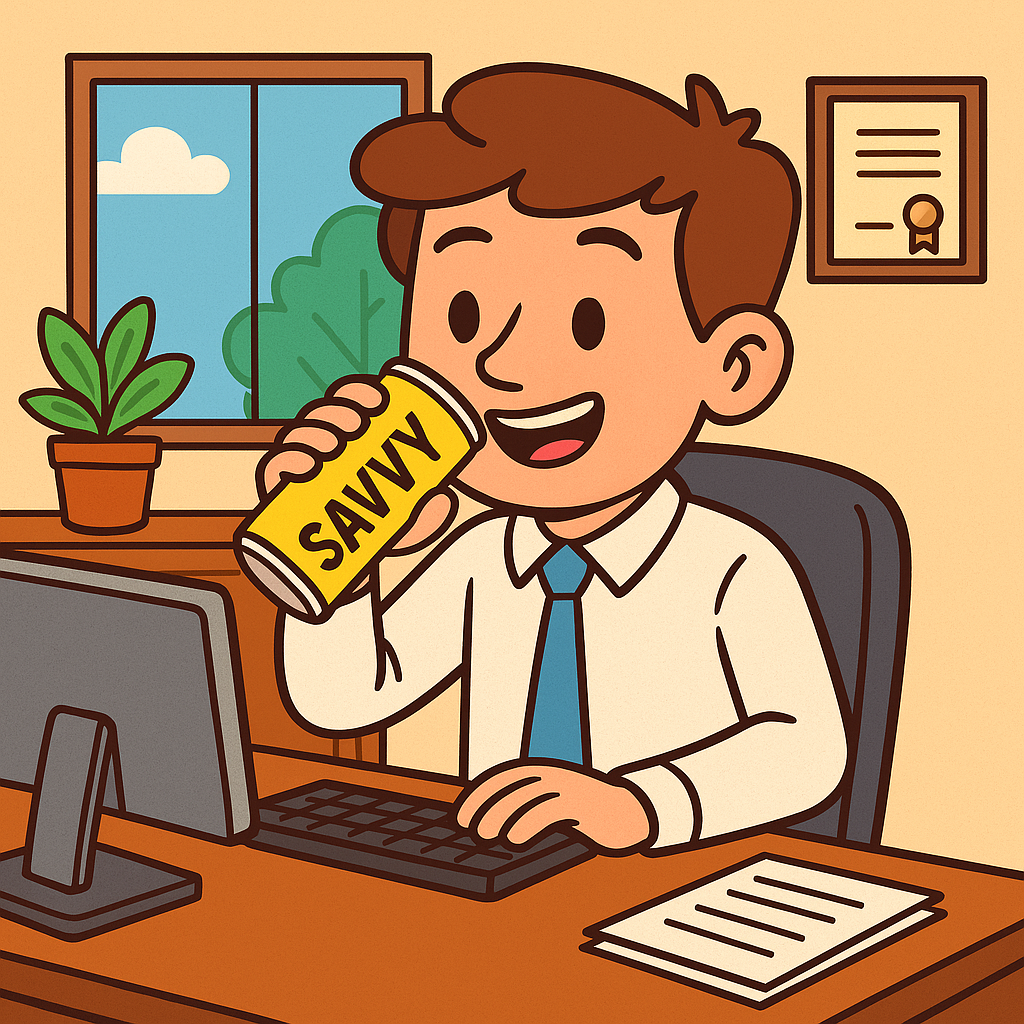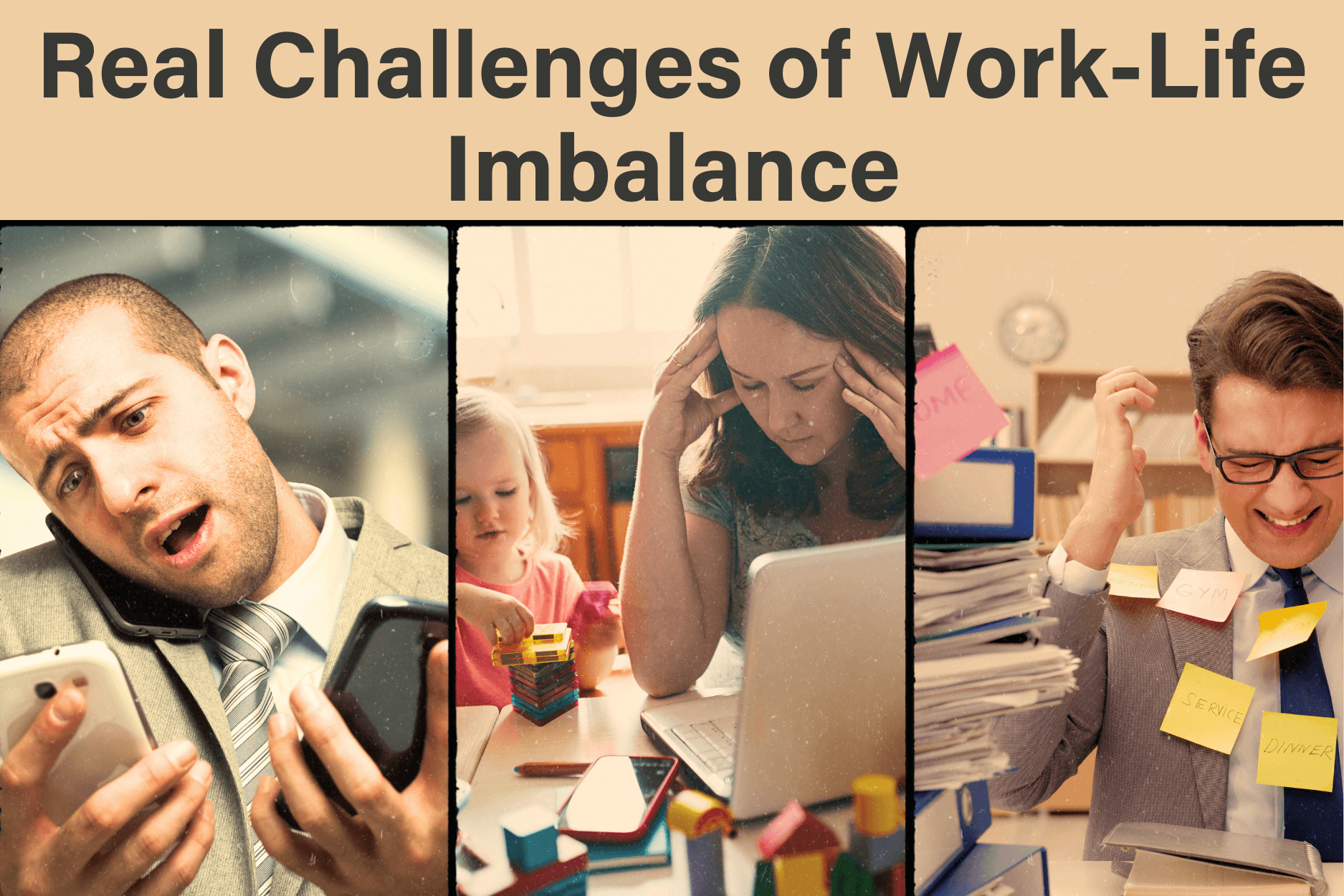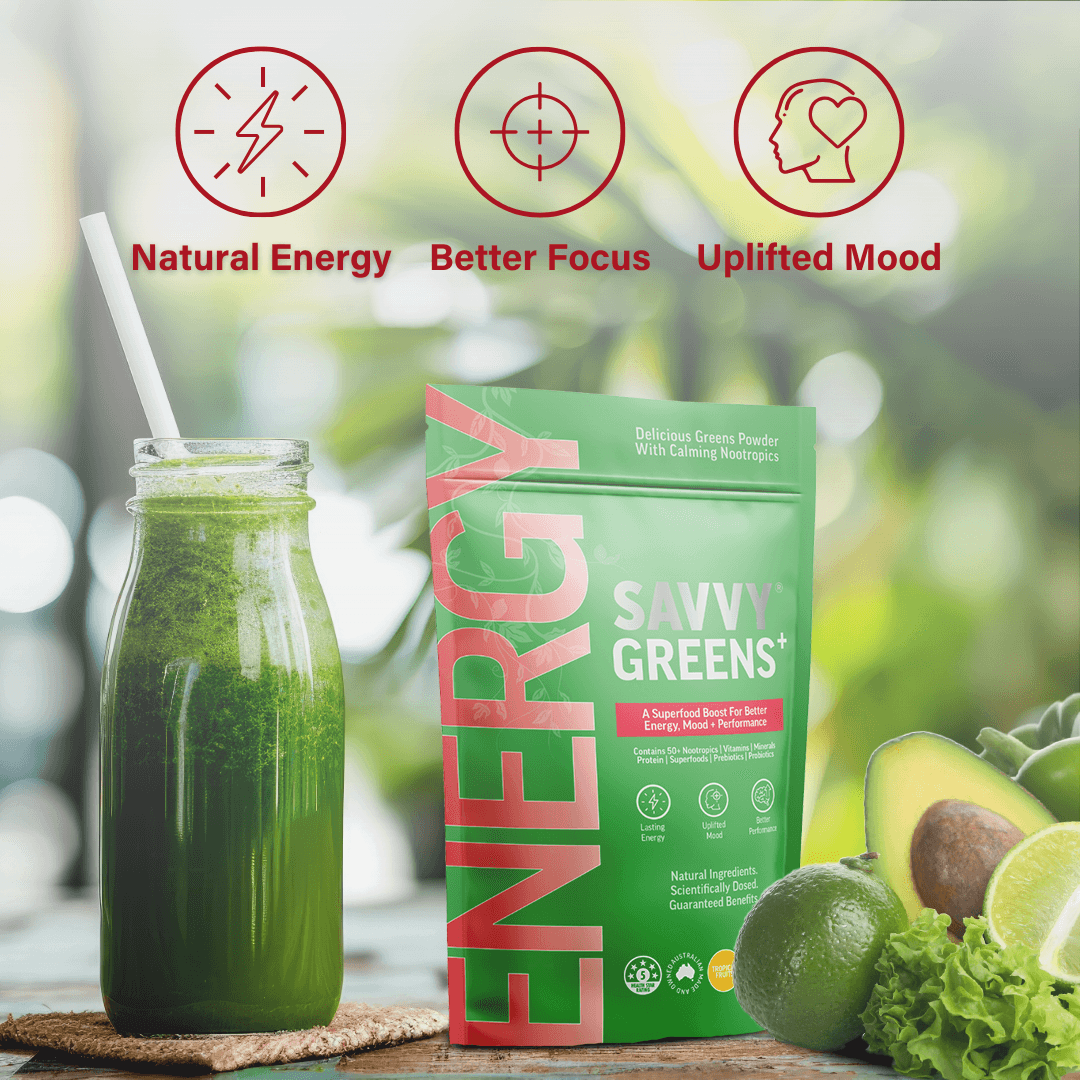
10 WAYS TO REDUCE STRESS QUICKLY
Deadlines are all over your calendar, your job is uncertain, your car isn’t working, your best friend is having a meltdown and, oh, you’re out of toilet paper. Meanwhile your heart’s racing, your ears are ringing, and you can’t concentrate.
Hello, stress!
Before you reach for a comforting chocolate bar or drink that fourth latte, there's a few things you can try to help you cope with the pressure.
Effective stress management techniques can offset the negative effects of stress in your life. There are many things you can try, and here are 10 of the best proven, fast, and reliable stress remedies. See which of them would fall into your life and be something you would try.

Before we get into it, remember you can’t avoid all stress.
Some stress is actually a good thing, according to researchers at Berkeley University. It can temporarily boost motivation, concentration and increase your mental and physical resilience.
“Some amounts of stress are good to push you just to the level of optimal alertness, behavioral [sic] and cognitive performance.”
- Daniela Kaufer, associate professor of integrative biology at the University of California, Berkeley. [1]
However, too much stress can leave you feeling overwhelmed, anxious, forgetful and exhausted. Stress can make you unhappy, increasing your risk for anxiety and depression. It can even make you sick. [2]
90% of all doctor visits are stress-related [2]
Please enjoy the top stress management techniques that not only give immediate benefit, but also are so effective that making them a habit can reduce your stress levels permanently. See which ones work best for you.
1. Breathe to relax. Specifically, diaphragmatic breathing

You have probably heard that deep breathing is relaxing. But, quickly recovering from stress has more to do with your breathing rate (how many breaths you take each minute) than with how deeply you breathe.
A good approach is to slow your breathing pace for 3 minutes any time you feel stressed. An easy starting point is 6 breaths per minute. This means breathing in for 5 seconds and breathing out for 5 seconds for about 5 minutes.
To really improve your breathing however, you need to be diaphragmatically breathing.
If you’ve ever watched a baby or a pet sleeping, you’ll notice that their stomach rises and falls more than their chest when they breathe. This is diaphragmatic breathing —and it is the way we are meant to breathe, but few of us do.
Diaphragmatic breathing is one of the simplest yet most important stress management techniques you can master.
Diaphragmatic Breathing Exercise
What to do: Sit comfortably or lie down.
Place one hand on your chest and the other on your stomach.
Slowly inhale through your nose, concentrating on expanding your stomach.
TIP: Try to not force your stomach outward by clenching your abdominal muscles.
2. Smile your way to less stress

Smile more often. The simple act of smiling (even when you don’t feel like it) can impact your ability to deal with stressful situations. A study called “Grin And Bear it”[3] shows that “positive facial expressions” can help improve from stress faster. There may have been some truth to the old adage 'smile - and the world smiles with you'. The study found that smiling through stressful times helps you feel much better and has positive benefits for body and mind:
“These findings show that there are both physiological and psychological benefits from maintaining positive facial expressions during stress”
Smiling faces in the world around us also helps with stress and lifts our mood.
3. Expressing Gratitude to feel better

Expressing gratitude creates a surge of feel-good brain chemicals that will make you feel happier and more relaxed. Feeling and expressing gratitude reduces stress and increases emotional resilience. [4]
A great way to express gratitude is to journal it. At Savvy, we try and start and end our day by writing down 10 things we are grateful for. However, even better is to share things with people directly. You can thank a friend by phone, text, email, or put pen to paper (gasp!) and write a thank-you note.
4. Overcome stress with soothing sounds

All the sounds in your office, study, library or environment (including background sound) have a part to play in how you feel. Some sounds can create stress while others can reduce it. Certain sounds will raise blood pressure, and cause a basic stress-response – for example, cars beeping, loud mechanical sounds, running feet, yelling (and the list goes on). While other sounds can help with stress, and can really make you feel more “balanced and in control” – we mean sounds like classical music, smooth jazz, the sounds of nature (the surf, rain, forest sounds).[5]
Soothing sounds and relaxing music have a special link to our emotions, and research has found that it can be an effective stress management tool.[6]
Research has found that listening to music seems to be able to change brain functioning to the same extent as medication.
5. Stress Antidotes - helping people & hugging

Helping others and caring for them is one of the best antidotes to stress. Especially HUGS!
One of the best ways of describing this is through “tend and befriend” behaviours.[7] These are behaviours such as helping out a friend, tending to the needs of children, and being affectionate with a loved one. A particularly good “tend and befriend” behaviour is hugging.
Studies indicate hugs can do a body good by reducing stress, lowering blood pressure, and improving attitude.[8] Regular hugging can also help adults – particularly women – decreasing heart rate and levels of cortisol (the “stress hormone”) linked to depression and immune issues. [9]
Interestingly, frequently hugging a loved one also helped reduce the symptoms of the common cold when people were exposed to the cold virus. (although please be cautious about spreading the cold.)
6. Take time out and try to mediate

Meditation is one of the best and most popular stress reducing techniques. It is one of the most studied stress reducing techniques as well! [10]
Meditation makes you more resilient to stress by altering the number of neurons in your amygdala, which is an area of your brain responsible for fear, anxiety and stress. [11] [12]
A 2018 research article on cognitive neuroscience confirms the benefits of meditation [13]
Even a few minutes of meditation can have huge benefits for your ability to focus & get things done.
Getting started is pretty easy with two or three minutes and try it out every day! Set yourself a daily reminder to do it in the morning, or at lunch, or in the evening so you don’t forget. Each week, try and increase the amount of time until you are doing around 5 to 10 minutes. My personal sweet spot is just under ten minutes. (Some people may wish to go to 20 or even 30 minutes)
There are many different meditation techniques, and you may already have a favourite – but if not, we can run through a popular technique together.
-
Set a timer for X minutes (for me it’s usually 9 minutes)
- This can be 3 minutes, 5 minutes or whatever you like! Something is always better than nothing
-
Find a comfortable seat, or lay down
- You can do this anytime, anywhere -on the bus, at your desk, on the couch etc.
-
Close your eyes, rest your hands on your lap or desk and be comfortable
- I like to shake my body out quickly before getting comfortable
-
Focus on one simple thing – your breathing
- The idea is to focus your attention on one thing and keep bringing your attention back to it when your mind wanders.
- Don’t count your breaths, or hold it, don’t breathe any faster or slower, simply just observe it. I sometimes think “good in” as I inhale, and “bad out” as I exhale.
- If you observe your breath for a few breaths, your thoughts will melt away, and you will experience a stillness and balance.
- When your timer goes off, open your eyes and you’ll notice yourself feeling so much more at peace
Otherwise, there are online applications that have a guide to help you through such as Calm, Headspace and Brain.FM.
7. Lower Stress with Adaptogens

Adaptogenic herbs or “adaptogens” are a class of herbs that have been used for centuries to help the body “adapt” to stress. Adaptogens are nature’s way of helping us adapt and recover from many different causes of stress (e.g emotional stress, social stress, physical stress).
Adaptogens can combat fatigue, enhance mental performance, ease depression and anxiety, and help you to feel better and be perform at your best. [14]
When we are under stress, our bodies go through what’s called General Adaptation Syndrome (GAS). This is a three-stage process: alarm, resistance and exhaustion. Adaptogens help us to remain in stage 2 (resistance) for longer and helps to ward off exhaustion.
Taking adaptogens might give you the extra strength and resilience to deal with the stress better and avoid feeling run down or fatigued.
Some amazing adaptogens include Ashwagandha (withania somnifera), Rhodiola (rhodiola rosea) and Asian ginseng (panax ginseng). These are all available in Savvy products!
8. Guided imagery to visualise yourself calmer

Guided imagery is a great technique that uses your power of visualisation to improve performance and achieve goals. It is most commonly used for stress reduction, anxiety, changing behaviours, increasing confidence, achieving outcomes and healing.[15] [16]
With guided imagery, you utilise all of your sense – vision, sound, taste, smell and touch – to build images I your mind that your body feels are as real as external events.
It’s much like when you have a food craving, and then you think about the food, and you notice your mouth watering from the memory. Because your mind and body are connecting over an image in your head that has stimulated your sense. You can replicate a similar effect for stress management!
An example on how to try out guided imagery
-
Set a timer for a whatever amount of time you have available
- This can be 3 minutes, 5 minutes or whatever you like! Something is always better than nothing (research shows that less than 10 minutes produces many benefits)
-
Find a comfortable seat, or lay down
- You can do this anytime, anywhere -on the bus, at your desk, on the couch etc.
-
Close your eyes, get comfortable
- I like to shake my body out quickly before getting comfortable
-
Many people like to start practising by re-constructing a pleasant memory: how you felt, the smells, the temperature, the sights.
- Think about each sense, the sights, the sounds, the smells, what you can feel, and the tastes
- For example, for me it might be laying down at Balmoral Beach, laying on my white and red striped towel, with a pillow of sand for my head, and my feet are playing in the warm sand. I can feel the grains of sand between my toes, and I am so relaxed, comfortable with my eyes closed enjoying the heat of the sun on my face, my salty skin is warm in the sun. The waves are gently crashing on the shore, the playful sound of children laughing in the distance; I am so happy and content in the moment; I can feel my chest and stomach rise and fall as I breathe… and so on. Let your imagination take hold again, just like it did when you were younger.
- Open your eyes and notice how you feel right now.
- The idea is to continue remembering the image and then let your imagination take control, you can imagine yourself going home to your new car, or going out surfing, paddle boarding, or creating an amazing sandcastle. Perhaps you were relaxing before your big public speaking gig, or presentation at work.
- The ideas is that if you can see it, and you can feel it, you can become it.
9. Try yoga to unwind

Any kind of physical exercise will reduce stress, but yoga is particularly good at it! A study from 2017 found that yoga can improve the brain’s executive functions (goal orientate behaviour, motivation and emotional responses) and mood. [17]
Yoga can even help school children! A 2017 study found that practising yoga at the beginning of the school day for 8 weeks improved the child’s wellbeing and emotional health. [18]
Yoga helps to slow your breathing, your heart rate, blood pressure and stress. A one-hour session of yoga can increase GABA, your relaxing brain chemical, by 27%.GABA can help to relieve anxiety, stress and improve your mood. [19]
Yoga can also help adults to improve their mental flexibility, task switching (multi-tasking) and memory. [20]
You can practise yoga at home, and at Savvy, we often use Youtube videos to run us through a routine for 30 to 60 minutes.
Alternatively, try yoga with a group, especially when trying yoga for the first time, join a class for beginners under the direction of a qualified instructor to avoid injuries.
10. Create your new mood with creative activities

You probably already have your own favourite strategy to unwind and relax!
I am not talking about your favourite show on Netflix!
I mean doing something creative that gets you in the zone and makes time just fade away.
Hobbies provide a slice of work-free and responsibility-free time in your busy schedule.
Maybe it’s painting, drawing or sculpting, or listening to music, playing music or dancing. Maybe it’s knitting, writing, journaling, cooking, woodworking, arts and crafts, gardening or cleaning around the house. All of these activities can enhance your wellbeing and reduce stress[21] [22]
Adult colouring books have made a big comeback and can significantly reduce stress and make you feel better! [23]
Curling up with a good book for just six minutes can help to reduce stress by 68% according to a study from the University of Sussex, UK.
Spending time with your furry friends can help you lower your stress! Simply by being in the same room as a pet can reduce stress. Interestingly, fish are one of the most popular stress-reducing pets.[24] If you don’t have a pet and are feeling stressed, try watching online videos of animals. In one study watching cat videos lowered stress and increased feelings of happiness. [25]
The idea here is that we all have our current strategies to combat stress and we should recognise when we need to do it. If you have had a stressful week, it is worth having a nature walk on the weekend, or an early morning surf on Saturday, or baking a cake, creating an artwork, or learning a new song.
It’s the little and creative things that leave us feeling with a happy sense of achievement!

We hope you have learned some new strategies to manage stress! Or maybe we have simply reinforced habits you already have and given it new meaning! Either way, remember that stress can always be managed and you can always use these strategies to feel better.
To your health.
References:
[1] Researchers find out why some stress is good for you
[2] Life Event, Stress and Illness
[3] Grin and bear it
[4] Counting blessings versus burdens
[5] Relaxing music prevents stress
[6] The Effect of Music on the Human Stress Response
[10] In the journals: Mindfulness meditation practice changes the brain
[11] Effects of mindful-attention and compassion meditation training on amygdala response
[12] Mindfulness practice leads to increases in regional brain gray matter density
[13] Brief Mindfulness Meditation Improves Attention in Novices
[15] Enhance Healing Through Guided Imagery
[17] Examining the Acute Effects of Hatha Yoga and Mindfulness Meditation on Executive Function and Mood
[18] Effect of mindfulness and yoga on quality of life for elementary school students and teachers
[19] Yoga Asana sessions increase brain GABA levels
[20] The Effects of an 8-Week Hatha Yoga Intervention on Executive Function in Older Adults
[21] The neurological basis of occupation
[22] Gardening promotes neuroendocrine and affective restoration from stress
[23] The Influence of Art-Making on Negative Mood States in University Students
[24] Stress Management
[25] Emotion regulation, procrastination, and watching cat videos online









